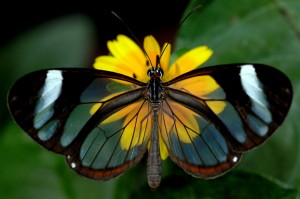William E. Browne, an evolutionary biologist of the University of Miami in Florida, showed publicly for the first time a video containing evidence of comb jellies (ctenophores) pooping through a structure that can only be described as an anus. The video was presented at the Ctenopolooza meeting in St. Augustine, Florida, to an audience that could only react with gasps for two reasons. One is that it has been thought since the 1880s, and confirmed again in 1997, that comb jellies excrete wastes from their mouths just like other jellies and sea anemones. The second reason involves the evolution of a through-gut, which produces an anus.

Anuses evolved during the transition from radial to bilaterial symmetry. However, this new finding suggests that the anus evolved either earlier in evolutionary time than we thought (and was subsequently lost in sea anemones and jellyfish), or that the anus evolved independently in comb jellies.

When researching this topic I was surprised to find that this is not the first time that our understanding of the evolution of the anus has been challenged. In 2008, a study was published in Nature that suggests the anus evolved several times in evolutionary history in many different organisms. This is just another example that as we ask more questions and find new ways to study organisms and our environment, that we can find new discoveries that can lead to a better understanding of the world in which we live.
_____________________________________________________________________________________________________________________________________
Sources
http://www.sciencemag.org/news/2016/03/why-watching-comb-jellies-poop-has-stunned-evolutionary-biologists
http://www.wired.com/2008/09/study-pokes-hol/
http://www.nature.com/news/2008/080917/full/news.2008.1117.html

